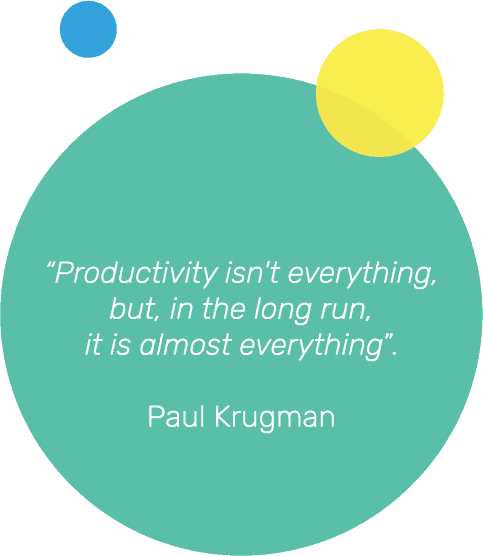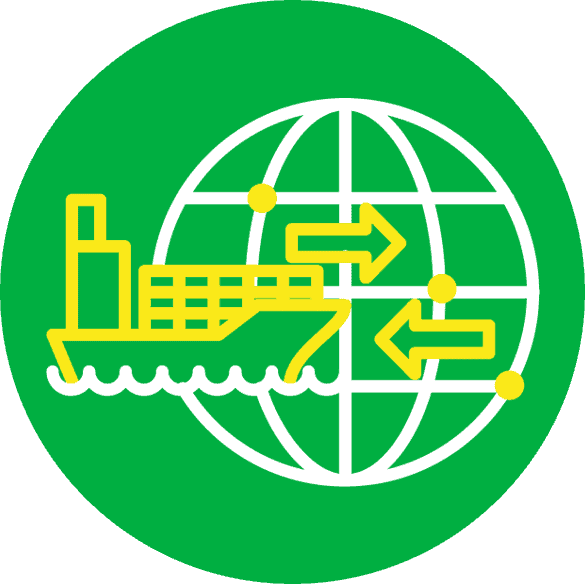Economics of innovation

Innovation is a fundamental driver of economic growth, increasing a country’s prosperity and standard of living. Policymakers and investors can benefit greatly from understanding what drives innovation — where and when innovation is likely to occur and how it diffuses across the rest of the economy. Skilful harnessing of new technologies such as artificial intelligence, robotics and biotechnology will help us to shape the green energy transition and meet the challenges of the future.
To understand innovation ecosystems, Fathom’s approach is to use the same techniques that have been applied to complex financial systems. For example, by unpicking the most important strands of the global supply chains for emerging technologies, we can identify how technology disperses and propagates.
Our work in this area has included:
-
Developing novel ways to monitor and assess the progress of emerging technologies
-
Analysing how technology affects the economy, financial markets and geopolitics
-
Identifying the best ways to incentivise and accelerate innovation
-
Mapping the structure of technological supply chains and flagging risks
-
Quantifying spillovers from technological innovation

New technologies are being developed against the backdrop of techno-economic competition between the US and China, and their rivalry is likely to influence the direction that innovation takes. Whether your focus is on the here and now, or on how things might evolve in the future, we are uniquely qualified to help.
Welcome to the machine
A comparative assessment of the USA and China to 2035, focusing on the role of technology in the economy
Fathom’s ground-breaking report comprehensively quantifies progress in the key emerging sectors that are likely to drive a fourth industrial revolution. We consider what that will mean for economic growth and for labour markets, and draw lessons for policymakers.
Our services
Consultancy
Recent work for our clients has included:
- Creating a database of high-tech trade flows: based on granular analysis of bilateral trade flows, our database provides evidence that China’s progress in some key high-tech sectors has stalled
- Building a sectoral model of innovation in the aerospace sector: our deep dive into research and development in this high-tech sector highlighted how innovations have spilled over into the wider economy
- Assessing the state of techno-economic competition between the US and China: our report provides a comprehensive assessment of how the world’s two superpowers compare in progress on critical emerging technologies; we found that the US is likely to remain the technological frontier, and identified ways that policymakers can incentivise future innovation (see graphic below)
Spurring innovation
A 10% increase in publicly funded R&D raises privately funded R&D by 5%
However, the public sector funds less than 5% of total business R&D
So, a $1 increase in public funding boosts total R&D by more than $8
Source: Moretti et al. (2019) / Fathom Consulting
Data, models, tools
All our work is founded on a data-driven approach. However, this poses a challenge when studying high-tech sectors, as traditional data sources are often slow to incorporate emerging sectors. We have considerable expertise in constructing estimates for such data where it is missing. Much of our work in this sphere requires unconventional, cutting-edge techniques to create the data and tools needed to properly answer the client’s questions.

Fathom’s metrics for emerging and disruptive sectors

RiCArdo

Fathom’s interactive table-top exercises
Global Outlook
Innovation is an important driver of an economy’s productivity growth. If we wish to judge a nation’s medium-term outlook, it is important to understand its innovation ecosystem, including where innovations may occur and how they might diffuse across the rest of the economy. In a world of ‘just-in-time’ supply chains and against a backdrop of US-China tension, the rapid redrawing of supply chains, which is already under way, provides a significant risk to investors. But, there are opportunities too, and our analysis helps identify where these opportunities may arise.
These short- and medium-term considerations inform the scenarios and analysis in Fathom’s quarterly Global Outlook.
Case studies
Insights
Get in touch
For more information about our services or to discuss your needs and how we can help, please fill out the form below.